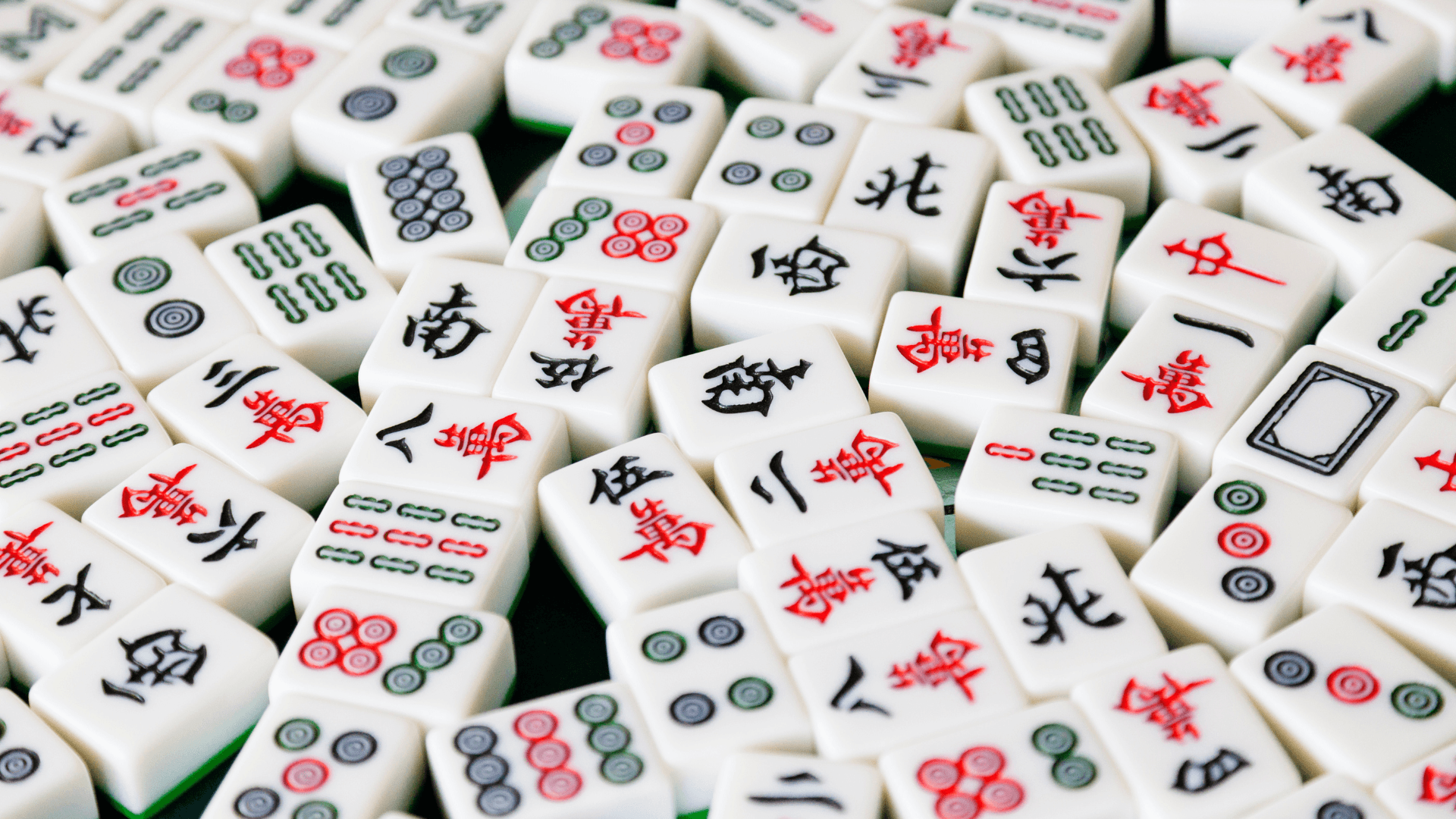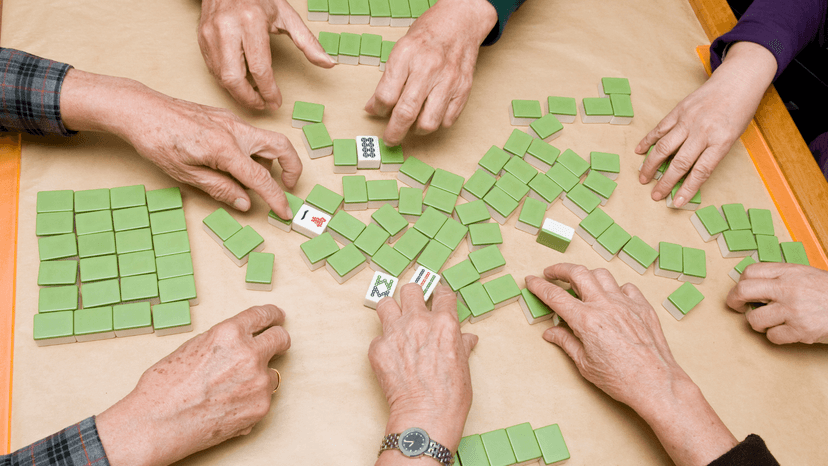Popular Mahjong Types

Mahjong has been around for ages, and while many of its classic forms aren't readily available online, you can still find some exciting variations at online casinos catering to players in Ghana.
If you're keen to dive deeper into the world of mahjong variations, check out our detailed guide covering Chinese mahjong styles and others. There are tons of variants out there, so don't stop reading until the end to get the full picture.
Chinese Variants to Explore
Changsha Mahjong
Changsha Mahjong is a popular choice in China's Hunan Province. To play this version, players often need to use unique tiles featuring only the numbers 2, 5, or 8. When playing Changsha Mahjong, certain tiles picked from the table are off-limits, and the use of wind tiles is also restricted. The winners of each round get to participate in a special bonus lottery, which can often double their winnings.
Chinese Classical Mahjong
This is the oldest mahjong style still played today. It gained popularity in America back in the 1920s under various names. While not widely played in Asia these days, it maintains a small but dedicated fanbase in the West. Each player scores points, and it's possible to surpass the winning score.
Competition Mahjong
This is the international mahjong standard adopted by many mahjong societies. Developed by the All-China Sports Federation in July 1998, it's used for official competitions and sometimes for casual play. It emphasizes strategy and scoring with a broad range of alternative scoring rules.
Other Exciting Variants
Filipino Mahjong
There are sixteen tile hands in Filipino mahjong. Tiles can be considered wild in some cases. Moreover, Honors are viewed as extra benefits.
Taiwanese Mahjong
The most popular form of mahjong in Taiwan is called Taiwanese mahjong, which employs hands of sixteen tiles, offers incentives to dealers and repeat dealerships, and enables many players to win from a single discard.
Japanese Mahjong
Mahjong is standardized in Japan and South Korea as Japanese Mahjong, which is also frequently seen in video games. The rules of Riichi and Dora are distinctive features of this version. Also, to account during play, tile discards are carefully put in front of each player in discard order. To finally increase their worth, some rules swap out certain number 5 tiles for red tiles.
Korean Mahjong
Korean Mahjong is a fantastic variant for three players that is distinctive in many ways. The seasons and one outfit are entirely absent. Play is quicker, and scoring is easier. The use of disguised hands is widespread, and no melded chows are permitted. Riichi plays a crucial role in the game as well.
Pussers Bones
A quick-moving variation called pussers bones was created by sailors in the Royal Australian Navy. Instead of using the terms East, South, West, and North, it employs terms like Eddie, Sammy, Wally, and Normie.
Singaporean Mahjong
Hong Kong and Singaporean mahjong are two closely related varieties. Four animal bonus tiles are used in Singaporean mahjong, and there are several alternate scoring methods that provide rewards midway through the game if specific criteria, like a kong, are satisfied. Melds might also come in a format that's distinct from the majority of other versions.
Vietnamese Mahjong
Eight specialist jokers are presented in Vietnamese mahjong. However, there are only eight more flowers for a total of 160 tiles. In a contemporary variation, the jokers are tripled or quadrupled for a total of 176 or 184 tiles.
Western Classical Mahjong
Joseph P. Babcock, a Standard Oil employee, brought mahjong to America in the 1920s, and western classical mahjong is a descendant of that game. These days, the word mostly refers to the Wright-Patterson regulations, which are employed by the American military, and other closely related American-made variations.
The Most Famous Mahjong variation
The most well-known Mahjong variant is Solitaire Mahjong, a one-player matching game that employs a set of mahjong tiles rather than playing cards. As opposed to being a physical tabletop game, it is more frequently played on a computer. While it is completely different from the four-player game of mahjong, it takes its name from that one.
Conclusion
The types of mahjong are massive, so it is better for players not to try every one of them. Even though everyone is not that different, only the scoring might be dissimilar.
The ideal choice is to select one game or max at two and master them. When a player is bored with that game, they can move on to the next version. Those who like to play alone can try Solitaire Mahjong.
FAQ
What are the different types of mahjong?
Mahjong boasts a rich variety of styles. You'll find numerous Chinese variants, including Changsha Mahjong, Chinese Classical Mahjong, and Fujian Mahjong, among others. Beyond China, popular versions include American Mahjong and Filipino Mahjong, to name a few.
Which version of mahjong is best?
While Hong Kong Mahjong is widely considered the most common and closely adheres to Chinese tradition, many players often regard American, Chinese, and Japanese Mahjong as the top versions due to their distinct gameplay and popularity.
Is American Mahjong different than Chinese mahjong?
Yes, there are notable differences. Traditional Chinese Mahjong sets typically consist of 144 tiles. In contrast, American Mahjong incorporates eight additional joker tiles and utilizes specific scorecards, which significantly alters gameplay.
Are Japanese and Chinese Mahjong the same?
No, they are not the same. Japanese Mahjong is a distinct variation of the classic Chinese game, featuring its own unique rules and scoring elements that set it apart.







